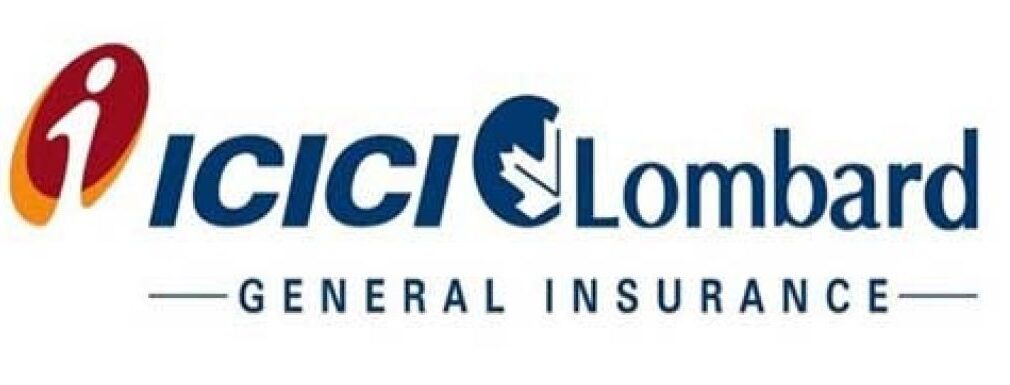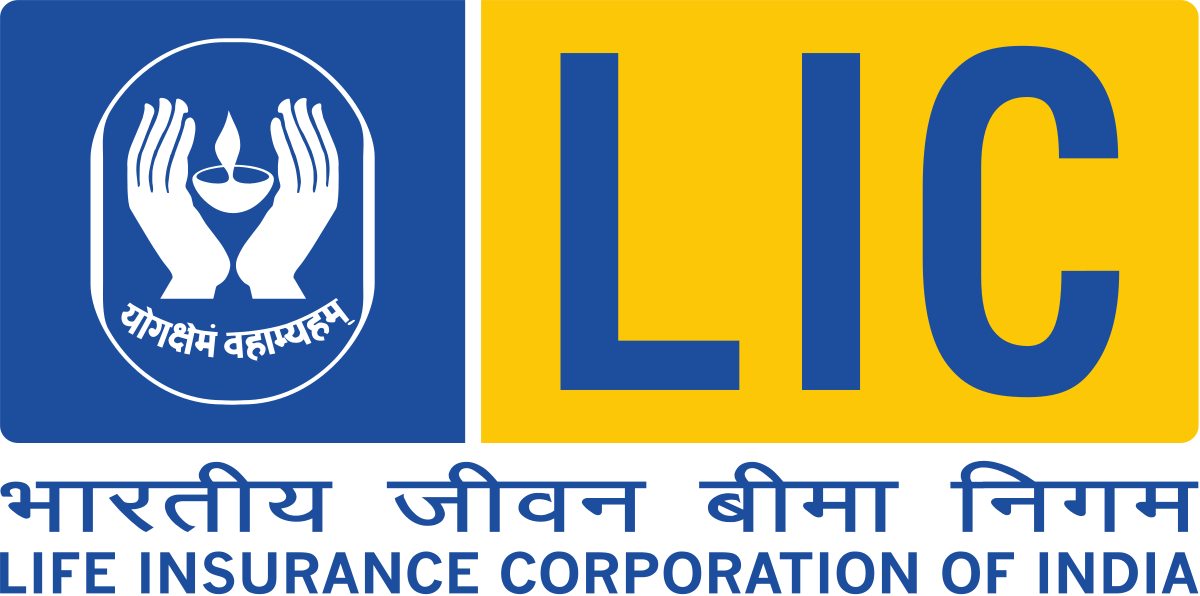What Is Restore Benefit In Health Insurance Policy
Manoj (41-years-old) works in a private company and lives in Indore with his wife (36-years-old) and daughter (8-years-old). Manoj purchased a family floater health policy of sum insured Rs. 5 lakh for his family of three. Manoj was suffering from some kidney issues, and suddenly he got admitted to a hospital for an operation. The hospitalization and other expenses consumed his entire sum insured. Now, after two months, his daughter was infected with the COVID-19 and required hospitalization. Once his daughter was discharged, the hospital handed him an Rs. 2 lakh bill as medical expenses. Now, here enters the restoration benefit in health insurance to Manoj’s rescue, it automatically re-established the entire amount of sum insured once it was exhausted.
What is the Restoration benefit of Health Insurance?
Restoration benefit is a special type of benefit where health insurance companies reinstate the original sum insured once it gets exhausted for various unrelated treatments. So, the restoration benefit works as financial support to policyholders as the insurer replenishes the whole sum insured amount. Thus, this type of benefit protects policyholders at all times.
What is the Restoration of Cover in Health Insurance?
These days, people are giving priority to their health because of this COVID-19 pandemic. This pandemic has forced people to understand the importance of health insurance and; thus, people are purchasing various healthcare policies to safeguard themselves and their loved ones. At the same time, you also need to consider medical inflation that is increasing healthcare costs. Moreover, due to this COVID-19, sometimes, multiple hospitalizations are required. Therefore, it is highly possible that your entire sum insured gets drained in a single hospitalization.
Here comes ‘restore benefit’ in health insurance that rescues you from this situation. Restoration benefit gives you your entire coverage applicable in the policy year. Most comprehensive health insurance plans offer this in-built feature.
Types of Restoration Benefit
- Complete exhaustion of the sum insured: The benefit will activate only if your entire sum insured amount is exhausted under this condition.
- Partial exhaustion of the sum insured: Under this scenario, you will be eligible for restoration benefit even with partial exhaustion of the sum insured.
Who should opt for a Restoration Benefit?
If you are planning to purchase a family floater policy, you must buy this add-on feature to maximize the benefits of your policy. This benefit is ideal for a family floater plan as it adds a palpable value to your plan.
In a family floater plan, the coverage ‘floats’ between all family members. In such plans, this restore benefit feature ensures that all family members are sufficiently covered by the sum insured of the policy.
Suppose you purchased a family floater policy of Rs. 4 lakhs, and your spouse gets hospitalized, and thus, your entire coverage is absorbed. But, unfortunately, another family member needs hospitalization in the same policy year for a different ailment. Then, the restoration feature will help you to combat the situation by reinstating your sum insured.
Does Restoration Benefit enhance the Policy Premium?
The restoration benefit is economical and will not make a hole in your pocket. But more features you will include in your plan, your premium amount will also increase. So, this feature will undoubtedly stretch the premium amount. If you want to get additional coverage, you need to pay this extra cost from your pocket.
If a 24-year-old guy wants to purchase a health insurance policy of Rs. 4 lakhs, then his premium amount will be a little more than Rs 5,000 annually. But if he opts for a restoration benefit, then the cost would be more than Rs 6,000.
Key points you should remember before opting for Restoration Benefit
- If your sum insured is used for a specific disease such as a heart attack, you can’t use the refilled sum insured for the same problem within the same policy term. But if any other family member is suffering from the same ailment (here heart attack), then he/she can use the reinstated sum insured. But some health plans encourage policyholders to use the reinstated amount for the same illness during a policy year.
- A policyholder can use restoration benefit only once or more in a policy year based on the policy. This benefit can’t be carried forward like” no claim bonus” for the subsequent policy year.
- A policyholder must remember that the restoration benefit can only be used for future claims. So, if you are making your first claim, then you can’t enjoy this benefit. For example, your hospital expenses come to Rs 6 lakh, and your current health cover is Rs 5 lakh. So, you need to pay the remaining Rs. 1 lakh from your pocket. But if you make any subsequent claim for unrelated illness in the same policy year, the insurer will reinstate your sum insured.
- Restoration benefit is available to any sum insured. It is not only restricted to the higher sum insured.
- Restore benefit reinstates the total sum insured once you consume it in a single claim within the policy term.
- Restoration benefit offers an added value to a family floater plan. If one family member consumes the entire base policy cover, then other members can continue to enjoy the cover with this benefit. To maximize your coverage with a minimal cost, you must incorporate the restoration benefit into your health insurance policy.
A health insurance policy with restoration benefits offers a plethora of benefits. By comparing various health policies, choose the most suitable one for your healthcare needs. Always assess your budget and medical history before opting for a restoration benefit.




























